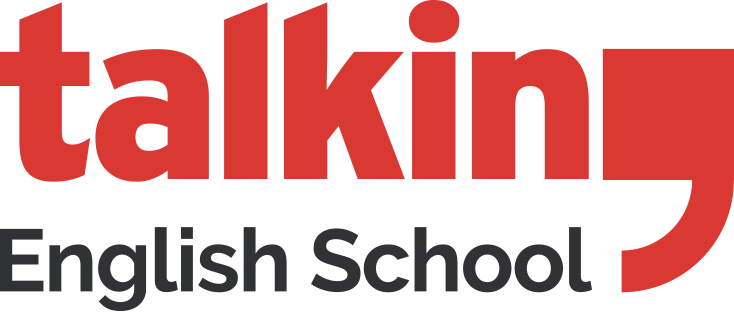Cuando empiezas a aprender inglés, rápidamente te das cuenta que usamos los verbos do, be y have como verbos auxiliares. Y, como en español estos no se utilizan de la misma manera, suelen dar muchos problemas a los alumnos –sobre todo para formar preguntas y negar frases–.
Hoy voy a intentar explicar su uso para hacerlo más fácil.
Making Questions:
Con la mayoría de los verbos (hay excepciones como to be, can, have, must) hay que usar los verbos auxiliares –do / does– para hacer preguntas.
Do = para “I + You + They + We” Does = para “she + he + it” (tercera persona)
e.j. I swim. – Do I swim? He speaks French. – Does he speak French?
You run. – Do you run? She cooks. – Does she cook?
PAST Tense Questions (did para todos).
e.j. We went to town. – Did we go to town?
Tom came here. – Did Tom come here?
Making Negative Sentences:
Con la mayoría de los verbos (hay excepciones como to be, can, have, must) hay que usar los verbos auxiliares – do / does – para hacer frases en negativo.
Don’t = para “I + You + They + We”
Doesn’t = para “she + he + it” (tercera persona)
e.j. I swim – I don’t swim. He speaks French. – He doesn’t speak French.
You run – You don’t run. She cooks. – She doesn’t cook.
PAST Tense Questions (“didn’t” para todos).
e.j. We went to town. – We didn’t go to town.
Tom came here. – Tom didn’t come here.
Short Answers / substitution
Los auxiliares pueden ser útiles también para respuestas cortas.
I drive but my boyfriend doesn´t. (drive)
My sister has a dog but I don´t. (have a dog)
Do you have any siblings? – No I don´t (have any siblings).
Can he play the piano? – No he can´t (play the piano).
Would you like to be famous? – Yes, I would (like to be famous).
Are you hungry? – Yes, I am (hungry).
Question Tags:
Utilizamos esta fórmula para confirmar información, aunque en realidad ya lo sabemos pero queremos verificar.
- You are Spanish, aren´t you?
Verbo affirmative + verbo negative
- He isn´t tall, is he?
Verbo negative + verbo affirmative
- They like sausages, don´t they? (si no hay otro auxiliar o verbo modal, usamos do).
- She can play the piano, can´t she? (usamos el modal también).
- He went to Paris last weekend, didn´t he? (no cambiamos el tiempo).
- OJO! I am funny, aren´t I? (no decimos I am funny, am I?).
Si la question tag es una pregunta de verdad, la entonación sube al final de la pregunta:
You´re Spanish, aren´t you? ↗ (no sabemos si es verdad).
You´re poor after Xmas, aren´t you? ↘ (sabemos que la persona está “tiesa”).
*TIP (consejo): Podemos ahorrarnos tener que pensar qué question tag sería correcta simplemente acabando la frase con “right?”
e.j. You’re English, right? She came too, right?
They’ve got kids, right? We’re learning English, right?
Echo Questions
Imagínate que estás hablando con tu mejor amiga, cotilleando de la gente. En inglés demostramos atención al escuchar así:
Conversación entre Álvaro y Ana:
Al: I saw the new James Bond last night.
Ana: Did you? (no hay auxilar/modal, usamos do).
Al: Yes, it was great. It was quite violent.
Ana: Was it? I don´t fancy seeing it.
Al: Don´t you? My sister loved it.
Ana: Did she?
Como en las questions tags, usamos el mismo auxiliar o modal.
Muy parecido a decir: Really? Wow! No way! Oh my god!
Si incorporas correctamente los auxiliares en tu inglés, te “suena” todo más natural; ¡vamos, a practicar! ☺
Photo by Ashley Whitlatch on Unsplash
